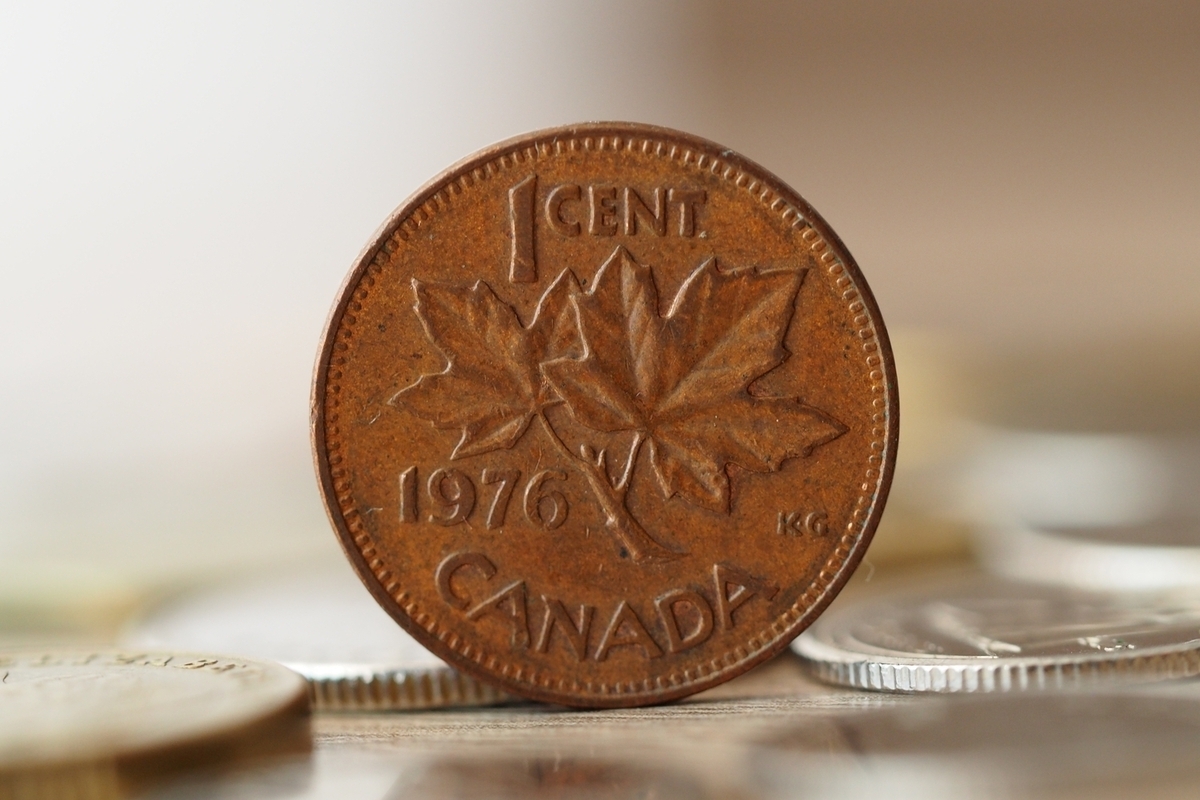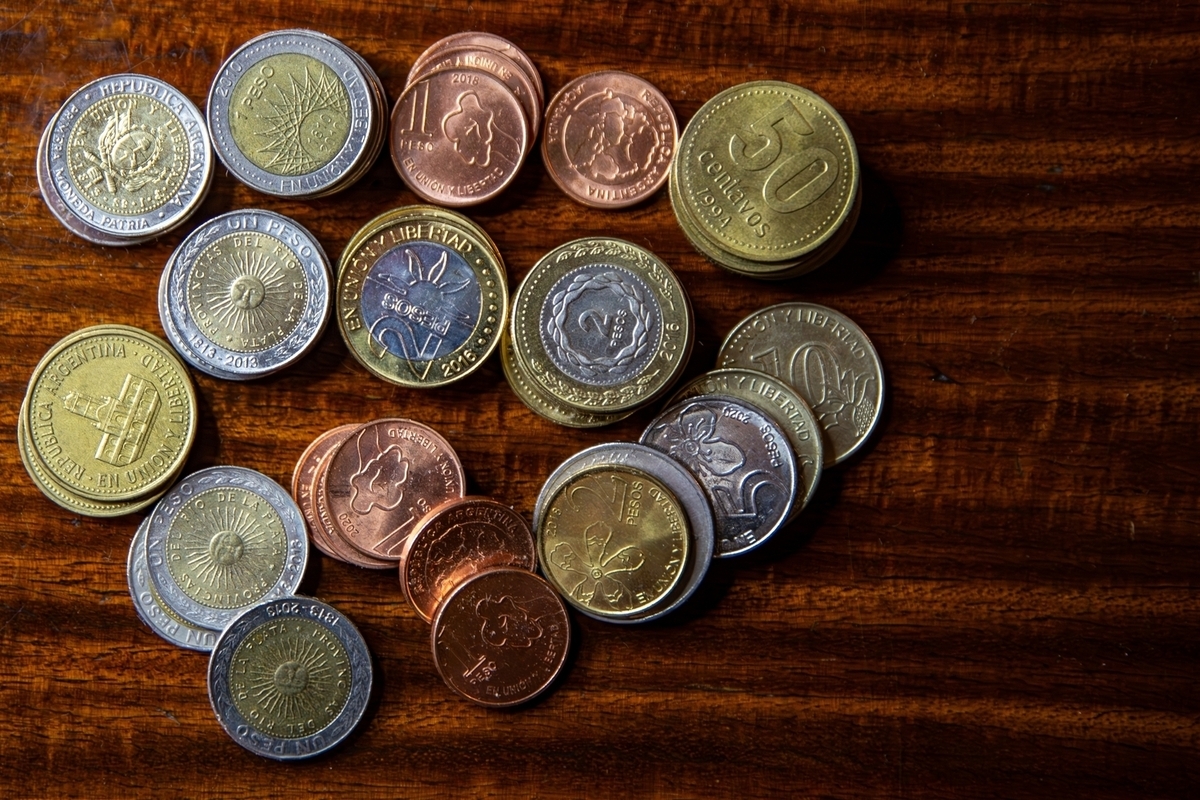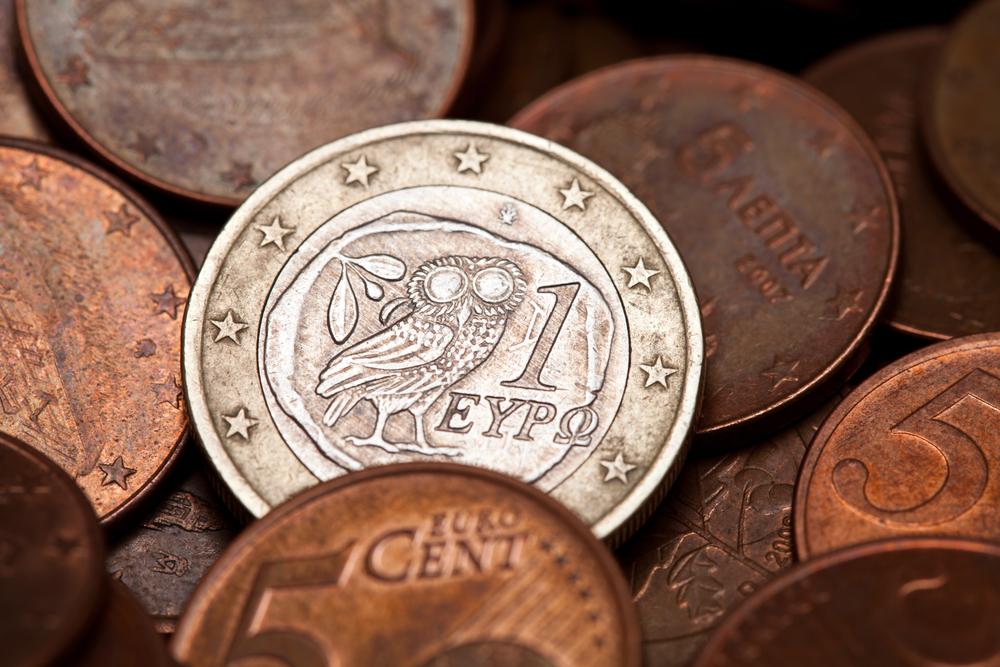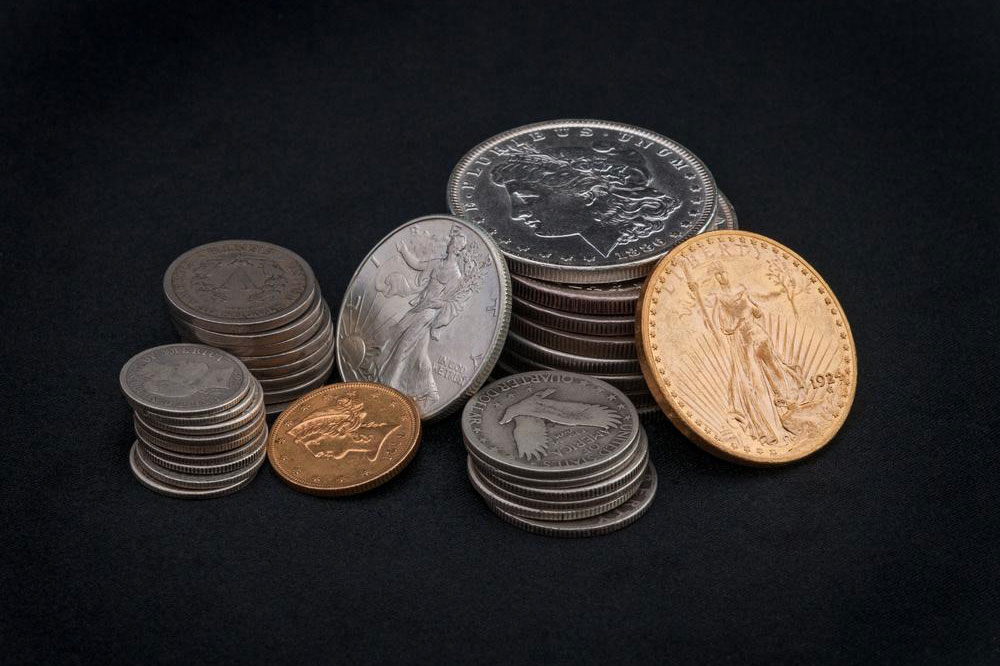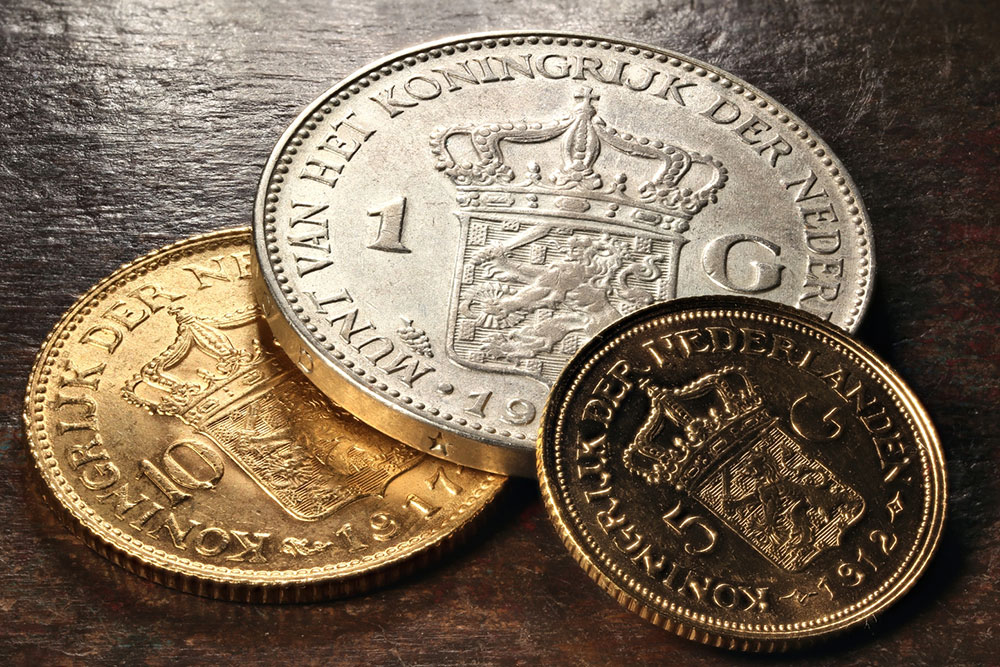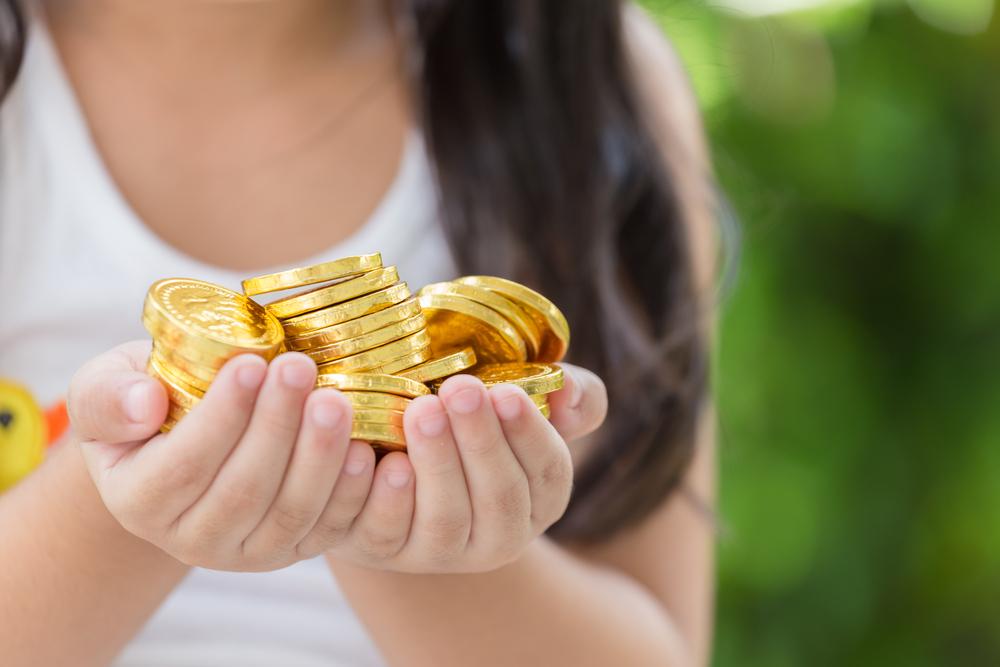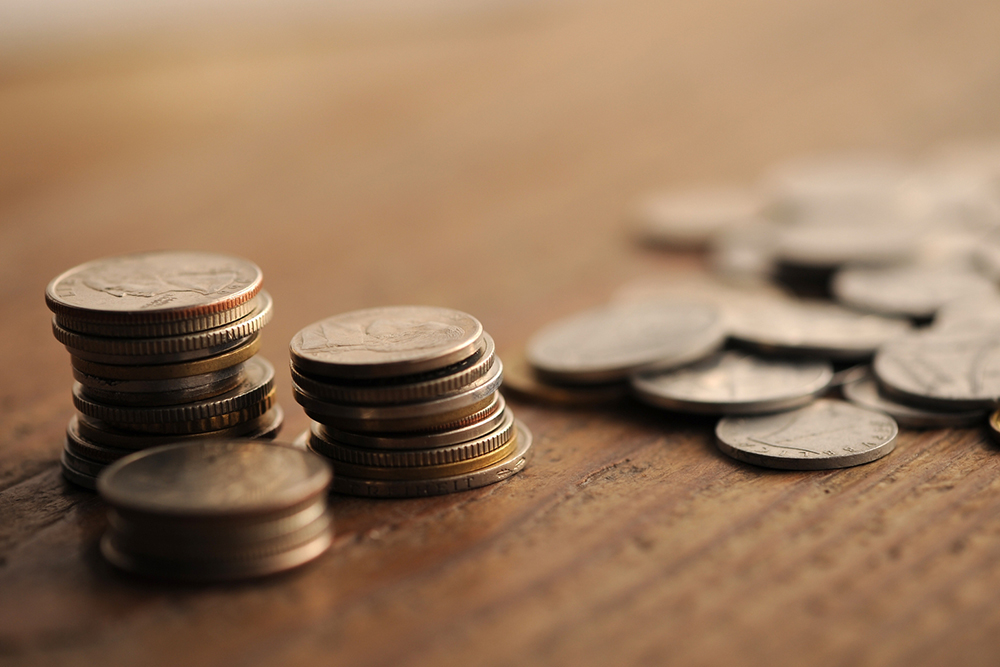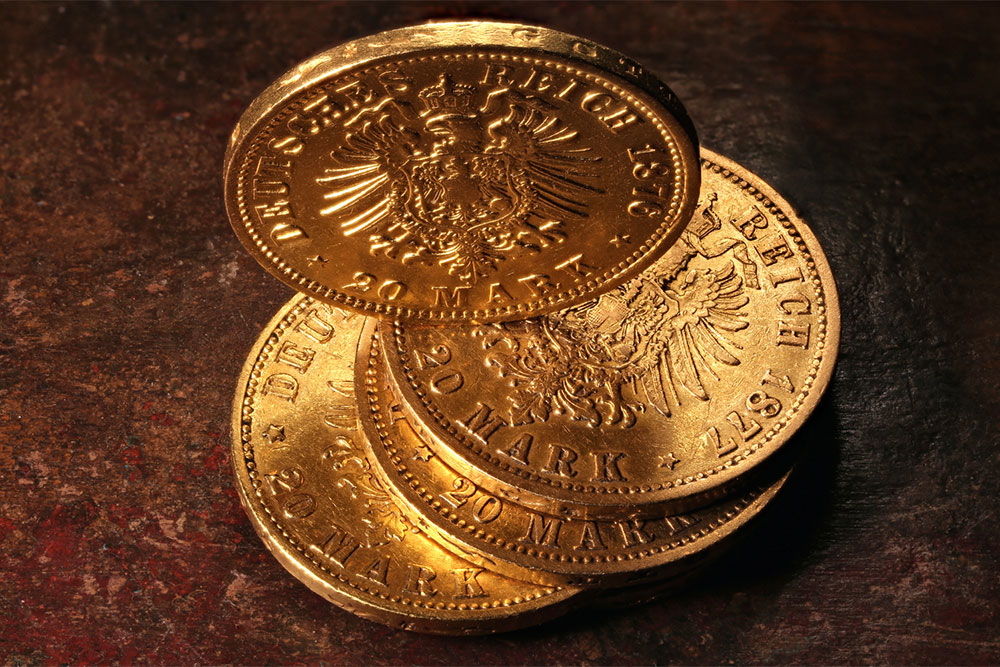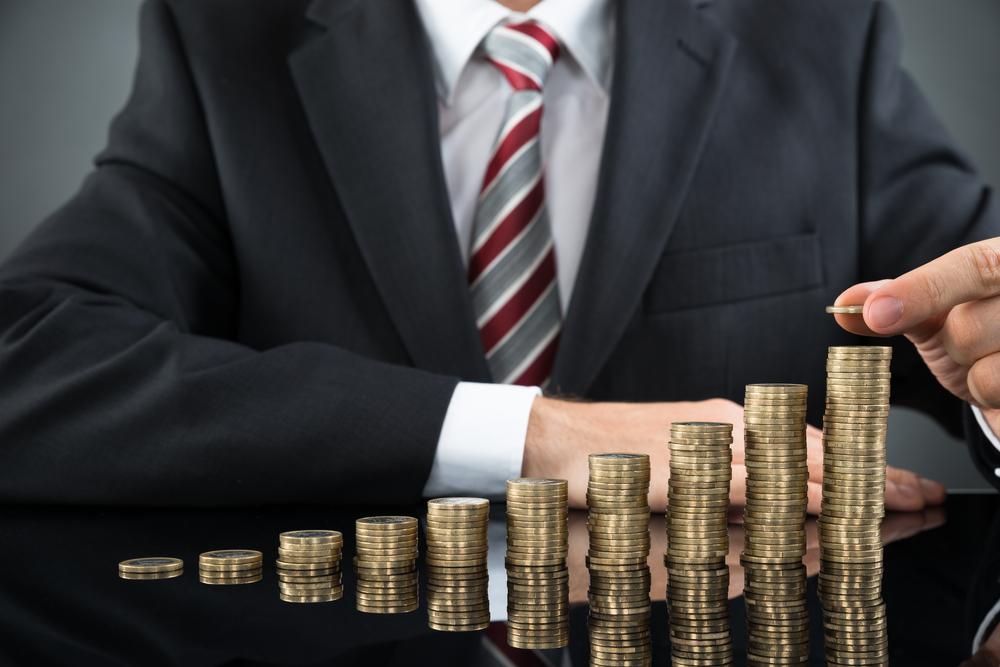Top Rare Australian Coins Worth Collecting and Investing In
Discover rare Australian coins with significant historical and monetary value. From pre-decimal collectibles to error coins, this guide highlights the most sought-after pieces for collectors and investors. Learn where to buy or sell these valuable coins and explore their unique stories and rarity factors that influence their worth.
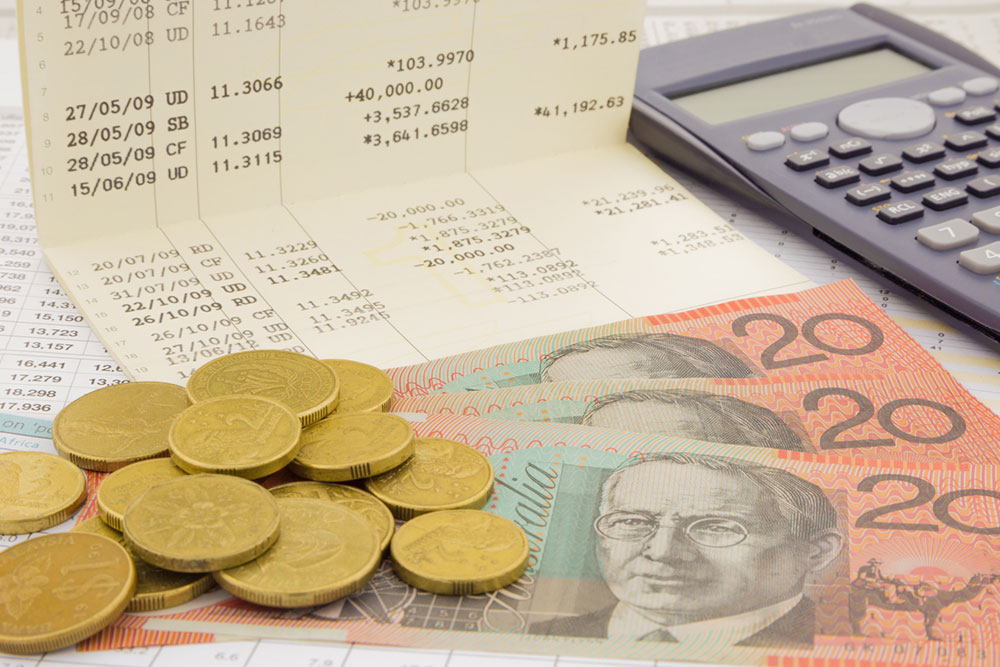
Top Rare Australian Coins to Add to Your Collection
Australia boasts a rich numismatic history, with coins featuring native animals such as echidnas and lizards. Certain rare coins provide not only historical significance but can also earn high returns, making them attractive for collectors and investors alike. From pre-decimal rarities to coins with minting flaws or unique markings, Australia’s valuable coins are prized assets for numismatists.
Highlight Coins to Watch
Australian rare coins have gained international popularity. Unlike fluctuating stock markets or unpredictable gold prices, investing in these exceptional coins offers a lower risk profile and potential for substantial appreciation.
The scarcity of these coins influences their value, promising solid returns for collectors.
1. 1930 Halfpenny
Among the rarest high-value coins is the 1923 halfpenny made of bronze. Depicting King George V's effigy and inscribed with "Commonwealth of Australia," only 15,000 of these coins were produced at the Melbourne Mint, making them highly sought after. The coin's value recently reached $9,600, though prices vary with condition. An earlier misreport mistakenly linked these to the Sydney Mint, but modern research confirms their rarity as Melbourne-minted pieces, enhancing their collectible appeal.
2. 1981 2-Cent Coins
Minted during the transition to decimal currency, the 1981 2-cent coins are notable, especially those lacking the "SD" initials of designer Stuart Devlin. These copper-nickel coins feature a frilled-neck lizard, celebrating Australia's wildlife—making them both culturally significant and valuable.
3. 1972 5-Cent Coins
The 1972 5-cent coin, part of the decimal era, stands out for its low mintage and historical importance. Made of nickel, it shows an echidna and Queen Elizabeth II in her second portrait. Its rarity on the numismatic market heightens its value among collectors.
4. 2011 10-Cent Coins
Issued in 2011 and designed by Stuart Devlin, these coins feature a lyrebird. With an estimated mintage of only 1.7 million—significantly lower than average—these coins are considered rare and desirable for collectors seeking unique pieces.
5. 1988 Coat of Arms Error Coins
Error coins often command premium prices, and the 1988 silver 50-cent coins featuring the Coat of Arms are prime examples. Intended as a one-year commemorative, some coins were mistakenly minted with the coat of arms on the reverse instead of the obverse—only two known errors exist, increasing their rarity and value.
6. 1966 Wavy Baseline 20-Cent Coins
Among the 1966 20-cent coins, those with a wavy baseline under the "2" on the reverse are particularly rare. This subtle design variation enhances their desirability and value among collectors.
7. 1977 Mule Coat of Arms 50-Cent Coins
Celebrating Queen Elizabeth II’s Silver Jubilee, the 1977 50-cent coins with the Coat of Arms feature rare minting errors. A few coins with a mistaken design of the standard coat of arms instead of the commemorative version are known, with only ten currently in existence, making them highly valuable due to their rarity.
Where to Sell Old Coins
The best options for selling older coins include online auction sites, which attract diverse buyers interested in rare collectibles. Local coin dealers or specialty shops are also useful avenues. Additionally, some antique stores may be interested in purchasing vintage coins.

